Program Assessment – Department of Botany
The Department of Botany faculty members have completed the initial steps of developing a program assessment plan for …

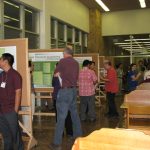
The Department of Botany faculty members have completed the initial steps of developing a program assessment plan for …
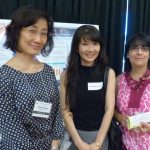
The Chinese Section at the East Asian Languages and Literatures (EALL) department at University of Hawaiʻi at Mānoa …

This poster highlights the work of University of Hawaii at Manoa 2013 Information Literacy Working Group. Tasked by …

The Public Administration Program offers a Master’s of Public Administration (MPA) degree. Currently our program is 30 credits, …
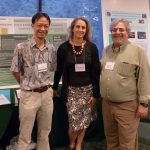
This poster will present how the Civil Engineering B.S. program utilized multiple sources of evidence to evaluate the …
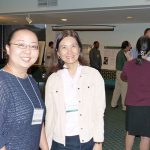
The Communication Department’s undergraduate curriculum is currently guided by seven SLOs (Student Learning Outcomes), which are demonstrable skills …

New LCME accreditation standards will require medical schools to monitor curriculum and content and to develop a curriculum …
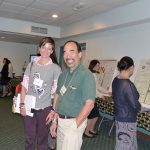
In the last 6 months, the Department of Psychology has initiated a new plan that is expected to …
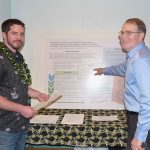
In Spring 2013, the Matsunaga Institute for Peace and Conflict Resolution (MIPCR) began a program review process by …

TIM school began to build the program assessment frame in 2009 and have developed the student learning outcome, …

In the last few years, the need has increased at UHM for students to more actively engage in …

The B.S. degree in Marine Biology from the University of Hawaii at Manoa College of Natural Sciences is …
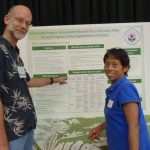
In fall 2014 and spring 2015 the Botany faculty at the University of Hawaiʻi at Mānoa devised programmatic …
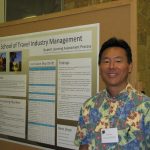
In February 2009, the TIM School, through its Faculty Senate, began a process of program assessment with the …
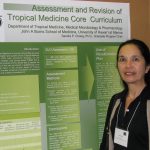
The Tropical Medicine Curriculum Committee reviewed the organization and content of the Tropical Medicine MS and PhD core …
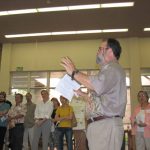
The Philosophy undergraduate program has a relatively small number of student learning outcomes and most of these refer …
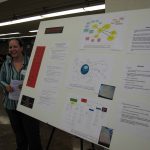
Active and interested faculty members met in a half a day workshop to develop a “curriculum concept map” …
American Studies -The UHM American Studies Department is one of the oldest and largest American Studies departments in …
During the 2020-2021 academic year, the English, Hawaiian and Foreign Languages, Speech and Communication disciplines in the Language …
Many students find sequenced courses to be challenging due to prerequisite knowledge being the starting point in each …
This project establishes a programmatic assessment plan for the Bachelors of Science program in Molecular and Cell Biology …
Student learning outcome (SLO) statements made by an educational program serve as targets for achievement and openly communicate …
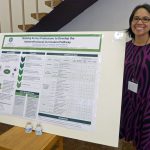
This poster presents the assessment of curriculum through the Interprofessional Education committee, which was created in 2015 with …
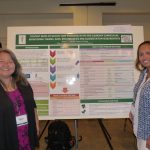
The poster describes the content mapping process that aligned the learning priorities in the problem-based-learning pre-clerkship medical curriculum …
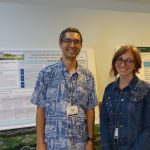
Less than 75% of Biological Engineering students have been assessed as meeting student learning outcome targets in the …
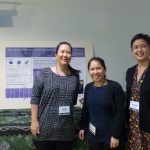
Children in Hawaii experience the worst oral health outcomes nationally. Seven out of 10 third graders experience tooth …
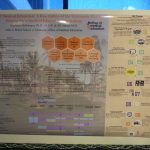
A process to conduct an overhaul of the JABSOM curriculum map of the medical education program was conducted, …
This workshop shows how a curriculum map can reveal the contribution of individual courses to the goals of …
This workshop is an introduction to the Curriculum Map: it is a graphical illustration of the relationship between …
This workshop will explain how to develop a graduate program curriculum map, including strategies for programs that tailor …
This workshop is an introduction to curriculum maps. PowerPoint and Handout Workshop Assessment Report Do your students understand …
This workshop is an introductory tour of the what, why, and how of learning outcomes and curriculum maps designed for faculty and …
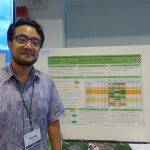
The Undergraduate Research Opportunities Program (UROP) utilized historic program data to identify potential gaps in campus awareness of …
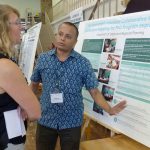
Faculty and doctoral students of the Department of Urban and Regional Planning (DURP) initiated a review of their …

Exploring possibilities for, and effects of, Integrated Performance Assessments (IPAs) in the Department of East Asian Languages and …
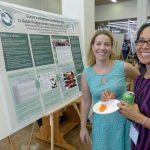
The Master of Science in Communication Sciences and Disorders (CSD) is nationally accredited and trains future speech language …
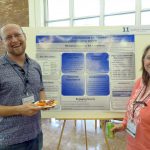
This poster describes strategies to build faculty capacity in curriculum design and alignment and ways to plant the …

Given the complex nature of the requirements for the 6 degree programs offered by the department of East …

The UH Manoa Anthropology Program, established in 1934, is the leading department of anthropology in Hawai’i, the Pacific, …
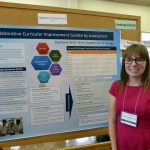
The Department of Biology at the University of Hawaiʻi at Mānoa began collaborative program assessment in the fall …

Undergraduate programs in the College of Tropical Agriculture and Human Resources (CTAHR) are typically managed solely within a …
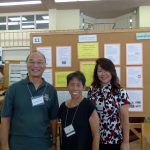
The Elementary Education Program (EEP) has about 30 instructional faculty and field supervisors who serve about 200 elementary …
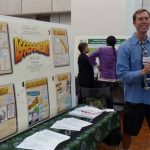
Observing that many faculty within the Theater Department at the University of Hawaiʻi at Mānoa lacked a strong …

At the University of Hawaiʻi at Mānoa, the Department of Biology is comprised of over one thousand undergraduate …
Last Updated: 4 March 2024. Click here to view archived versions of this page. On this page: Note: …